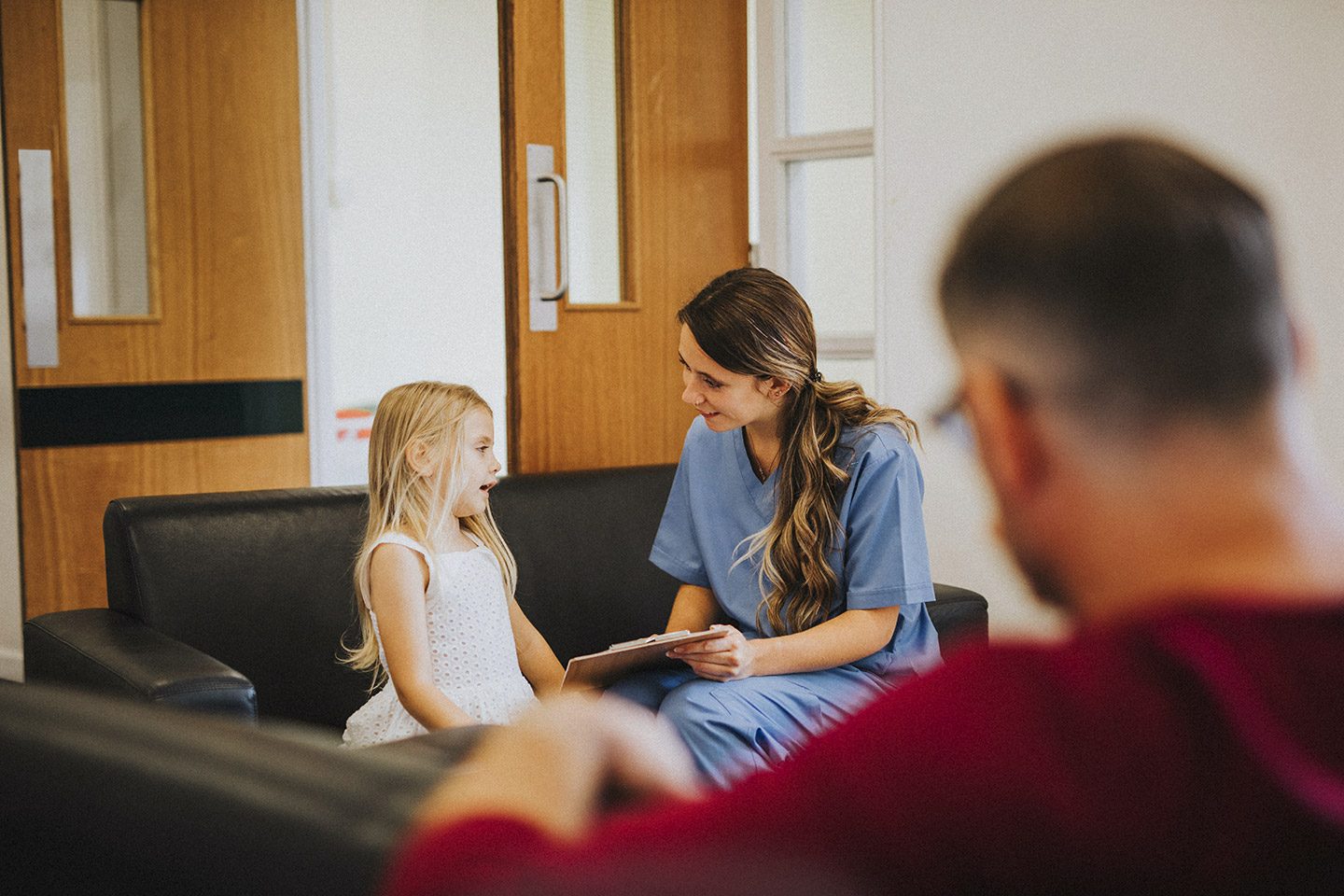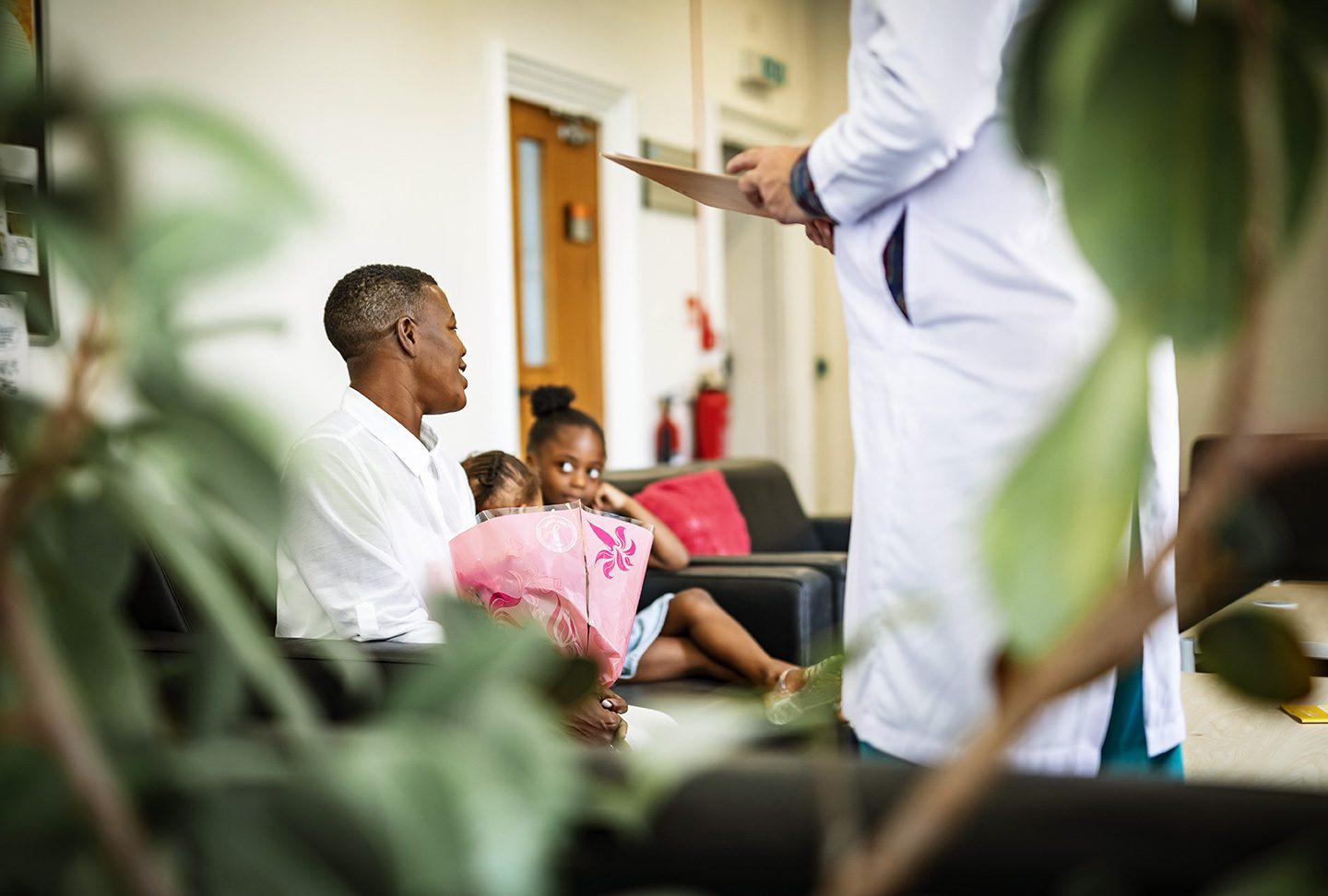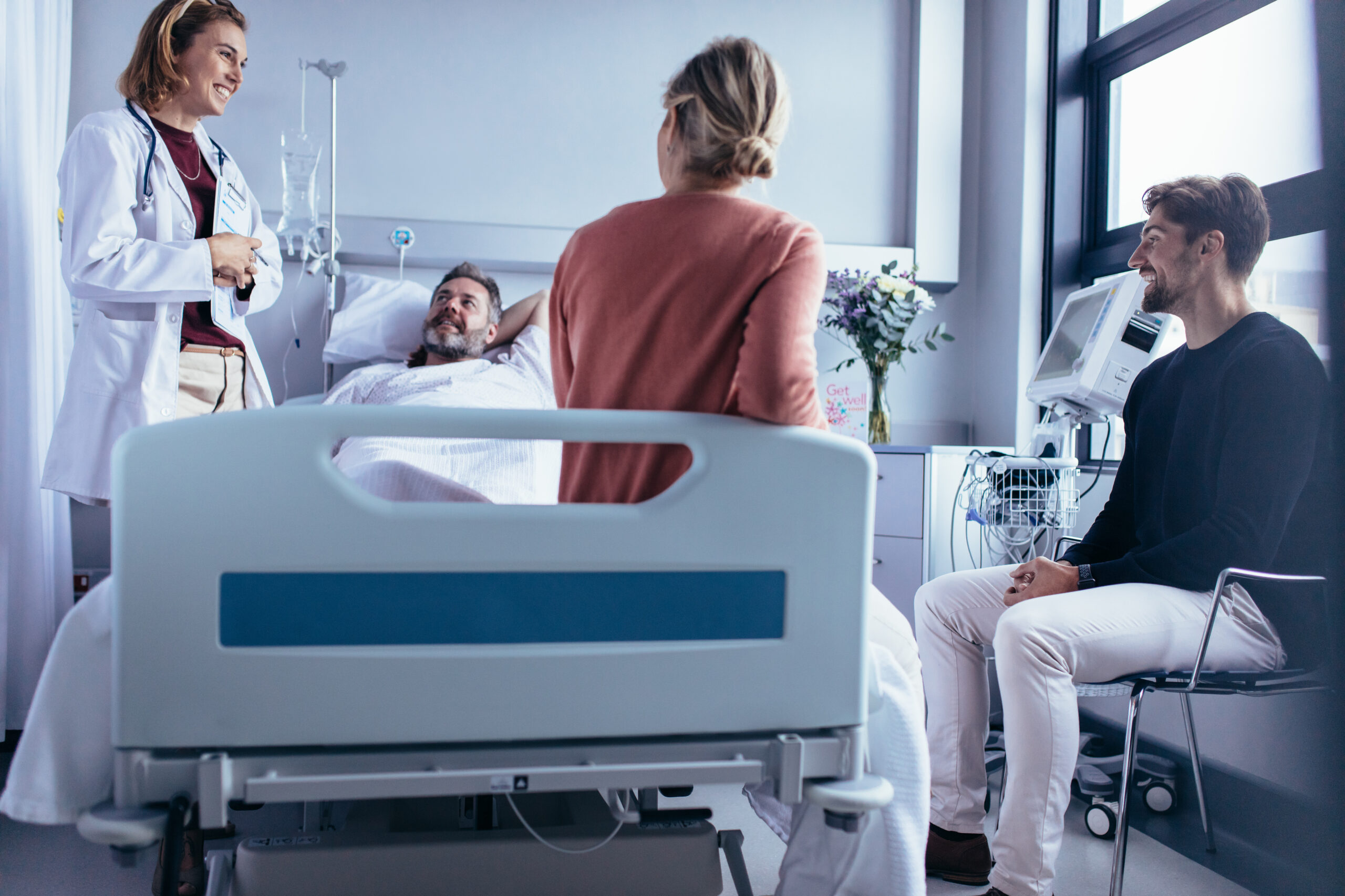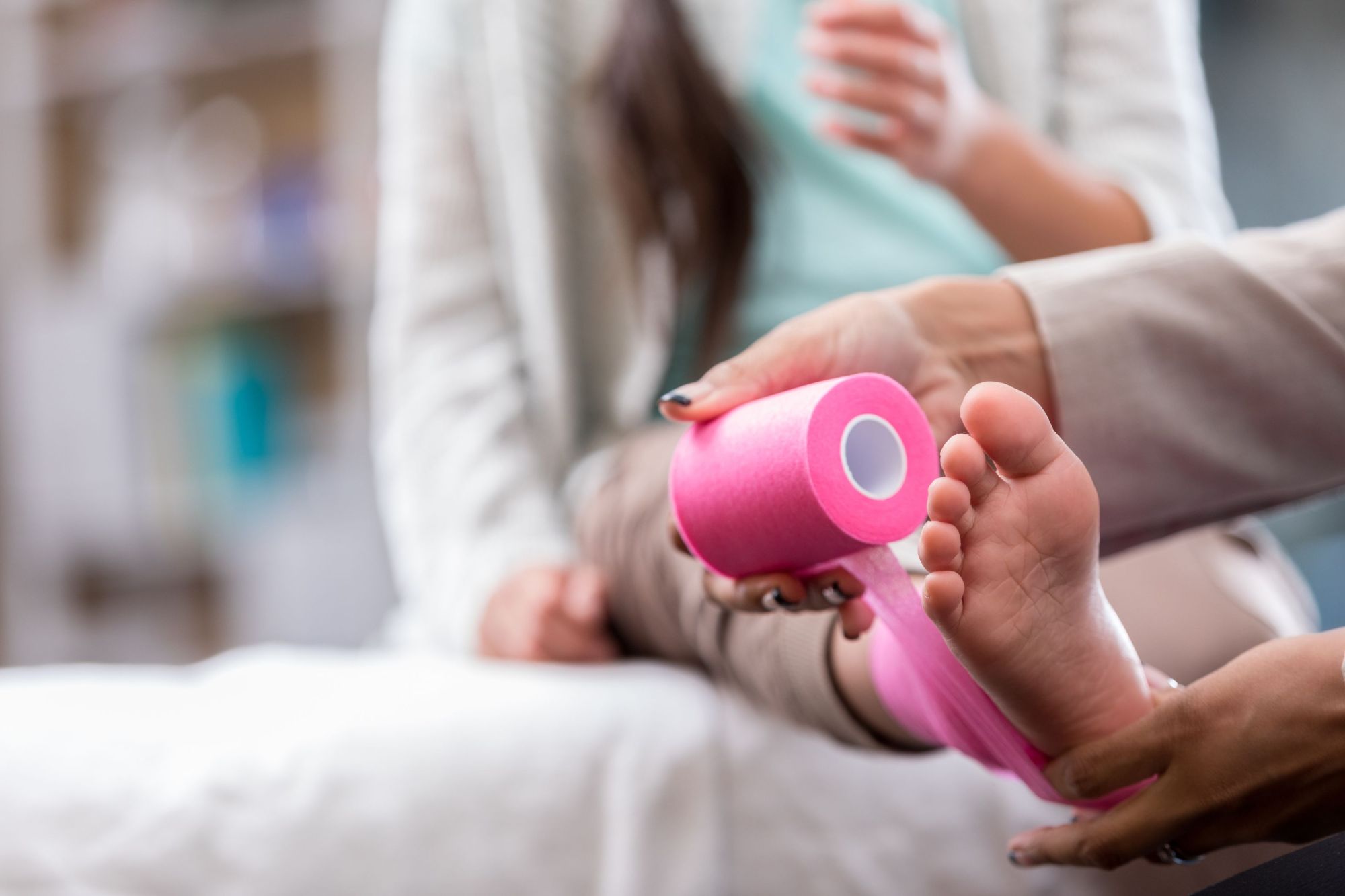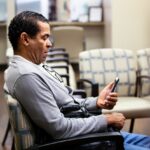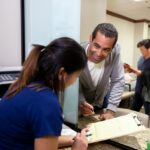About the Course
CARES™ provides a framework of key communication skills and behaviors for delivering excellent patient experiences, every time.
This course is best for:
-
Leaders
-
Physicians
-
Staff
-
Anyone looking to improve healthcare communication
By the end of this 6-part course, you will be able to:
- Articulate the power of CARES™ to support your authentic communication needs.
- Project confidence and build patient and family confidence.
- Anticipate clinical, safety and emotional needs.
- Engage patients in their care process.
- Manage the last and lasting impression through safe transitions and saying thank you.
Lessons:
-

Lesson 1
CARES™ for Consistent Patient Experiences
Communicating successfully deserves our full attention. It is crucial in avoiding negative outcomes, building trust with patients and families, and each other. Learn through the CARES™ Model how to create a more authentic experience between caregivers and patients. Communication with patients and each other is one of the most frequent areas leaders, physicians and staff are looking to grow. The CARES™ Model works in every area level of care, in every care setting because CARES™ begins with empathy. (Video Duration: 3min:50s)
-

Lesson 2
CARES™ Confidence
First impressions are important! In healthcare it is vital that we quickly project confidence in ourselves and build confidence for our patients. When patients have trust in us, they will be more likely to participate in their care. This will promote their own healing and wellness. Learn steps that you can take today to project your confidence and build up patient and family confidence to engage in their care. (Video Duration: 3min:37s)
-

Lesson 3
CARES™ Anticipate Needs
We are in healthcare because we want to make a difference for our patients. Anticipating your patient’s needs requires empathy. Learn how to view the tasks you are performing from your patient’s perspective. Learn how to recognize subtle gestures and pick up on body language in your patient. Create a deeper connection with your patient by anticipating needs beyond the clinical boundary. (Video Duration: 3min:00s)
-
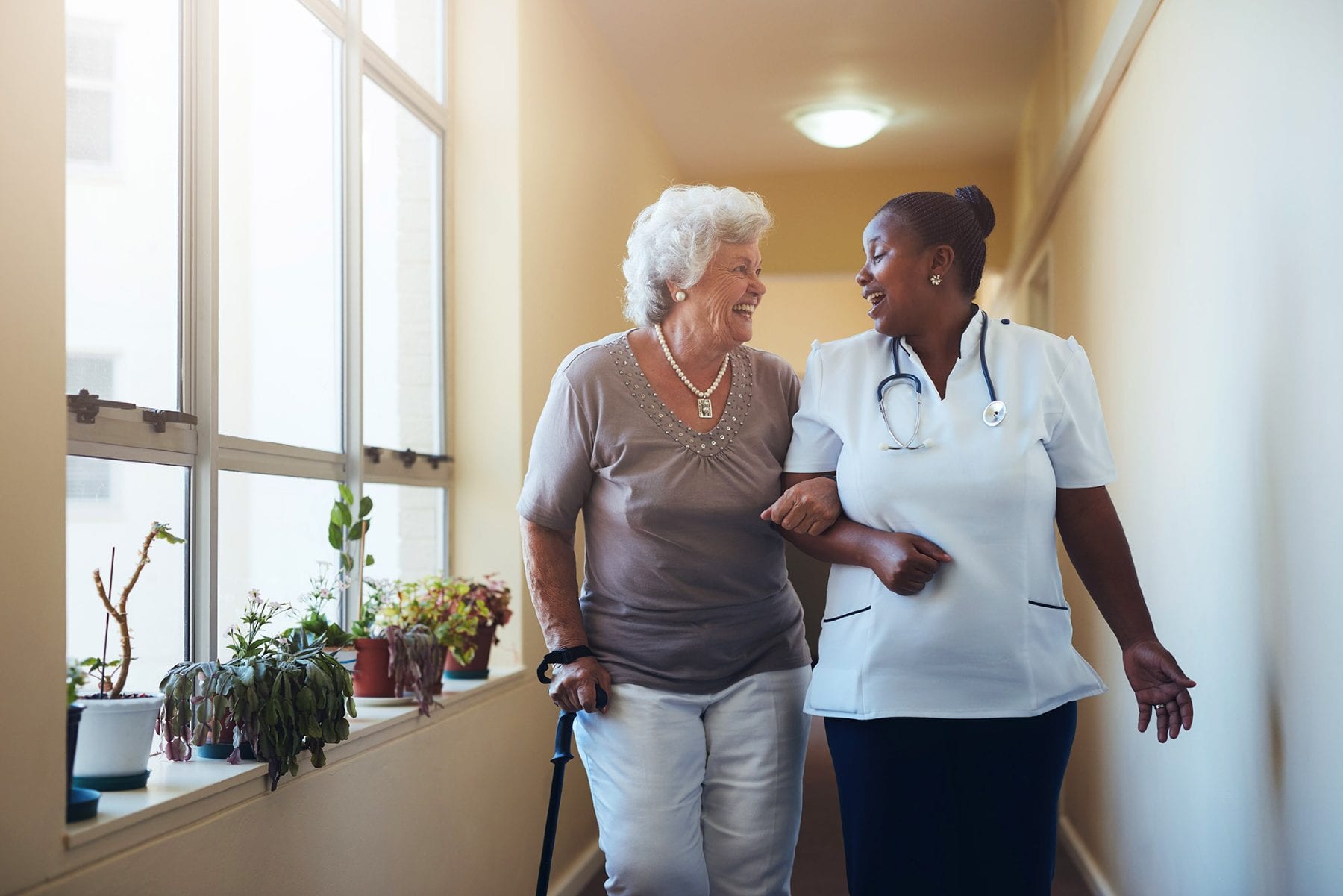
Lesson 4
CARES™ Respectful Communication
Communication is one of the most significant drivers of the patient experience and biggest contributors to medical errors. In the CARES™ Model of communication Respectful Communication will guide you to improve your communication skills beyond the words we use. We all are subject to miscommunicating through body language, lack of empathy or compassion, or using medical jargon. Reorient yourself to communicating in a way that builds trust and reduces anxiety. (Video Duration: 4min:16s)
-

Lesson 5
CARES™ Engage in Care & Process
Helping our patients understand what we are doing and why is critical to providing excellent care. By narrating our care, we engage our patients in their own care. Learn steps you can take in each interaction with patients that will eliminate miscues, avoid misunderstandings, and set expectations early and often. (Video Duration: 3min:01s)
-
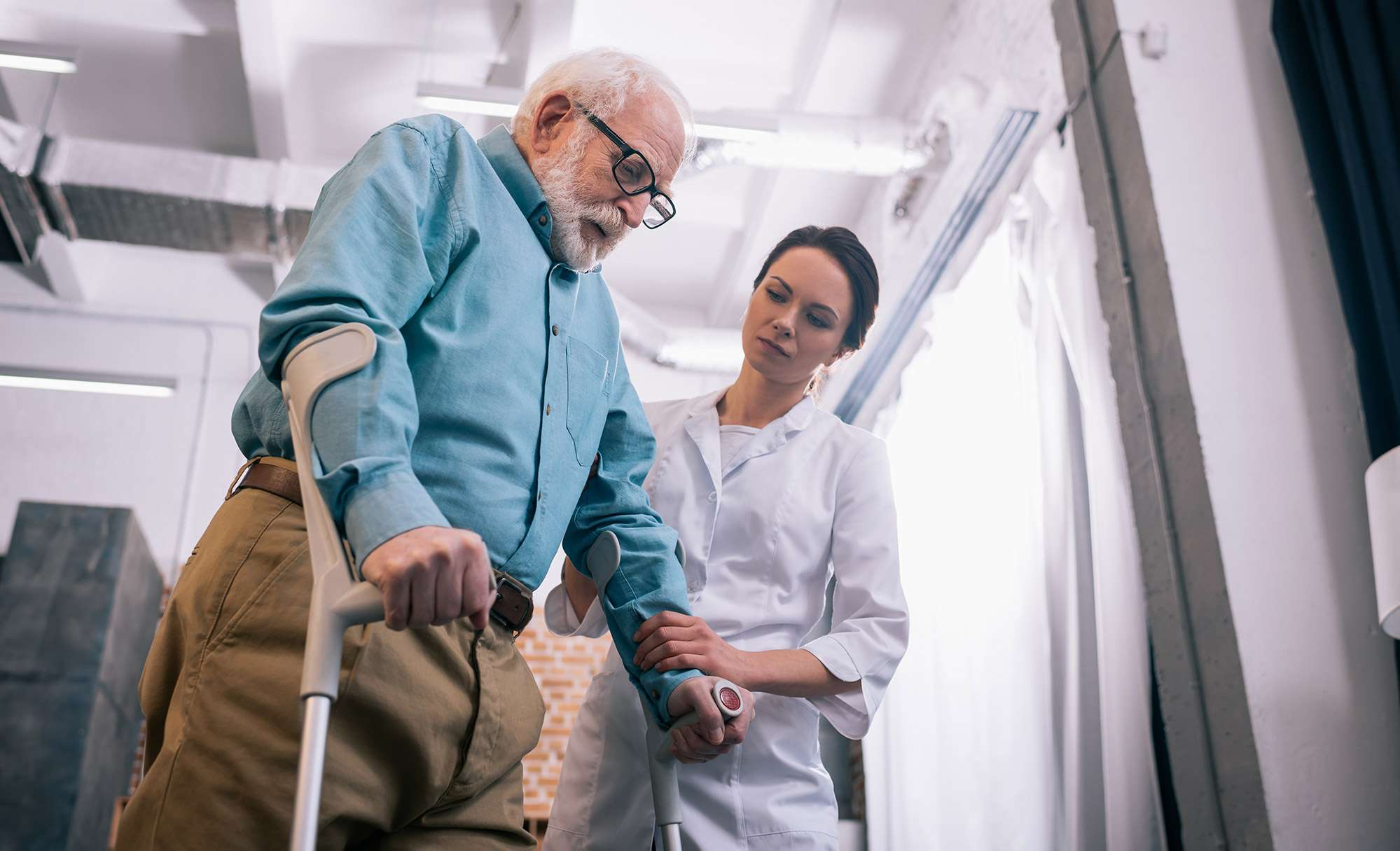
Lesson 6
CARES™ Say Thank You, Make a Safe Transition
What do you want your patients to remember about their experience with you? When our care time is completed and the patient moves on to home or another department, it is important that we consistently express gratitude for the opportunity to care for them. Also, we can build confidence in teamwork when transitioning to a new area or team member by managing up that team or caregiver. Learn how to take these steps and make a lasting impression for your patients. (Video Duration: 3min:14s)
CARES™
Purchase this course to gain access to 6 video lessons on the CARES™ framework for patient communication. This one-time fee grants individual access to this course and supporting materials for 12 consecutive months from date of purchase.
Contact Us to Get Started
CARES™
Lessons:
-

Lesson 1
CARES™ for Consistent Patient Experiences
Communicating successfully deserves our full attention. It is crucial in avoiding negative outcomes, building trust with patients and families, and each other. Learn through the CARES™ Model how to create a more authentic experience between caregivers and patients. Communication with patients and each other is one of the most frequent areas leaders, physicians and staff are looking to grow. The CARES™ Model works in every area level of care, in every care setting because CARES™ begins with empathy. (Video Duration: 3min:50s)
-

Lesson 2
CARES™ Confidence
First impressions are important! In healthcare it is vital that we quickly project confidence in ourselves and build confidence for our patients. When patients have trust in us, they will be more likely to participate in their care. This will promote their own healing and wellness. Learn steps that you can take today to project your confidence and build up patient and family confidence to engage in their care. (Video Duration: 3min:37s)
-

Lesson 3
CARES™ Anticipate Needs
We are in healthcare because we want to make a difference for our patients. Anticipating your patient’s needs requires empathy. Learn how to view the tasks you are performing from your patient’s perspective. Learn how to recognize subtle gestures and pick up on body language in your patient. Create a deeper connection with your patient by anticipating needs beyond the clinical boundary. (Video Duration: 3min:00s)
-

Lesson 4
CARES™ Respectful Communication
Communication is one of the most significant drivers of the patient experience and biggest contributors to medical errors. In the CARES™ Model of communication Respectful Communication will guide you to improve your communication skills beyond the words we use. We all are subject to miscommunicating through body language, lack of empathy or compassion, or using medical jargon. Reorient yourself to communicating in a way that builds trust and reduces anxiety. (Video Duration: 4min:16s)
-

Lesson 5
CARES™ Engage in Care & Process
Helping our patients understand what we are doing and why is critical to providing excellent care. By narrating our care, we engage our patients in their own care. Learn steps you can take in each interaction with patients that will eliminate miscues, avoid misunderstandings, and set expectations early and often. (Video Duration: 3min:01s)
-

Lesson 6
CARES™ Say Thank You, Make a Safe Transition
What do you want your patients to remember about their experience with you? When our care time is completed and the patient moves on to home or another department, it is important that we consistently express gratitude for the opportunity to care for them. Also, we can build confidence in teamwork when transitioning to a new area or team member by managing up that team or caregiver. Learn how to take these steps and make a lasting impression for your patients. (Video Duration: 3min:14s)








